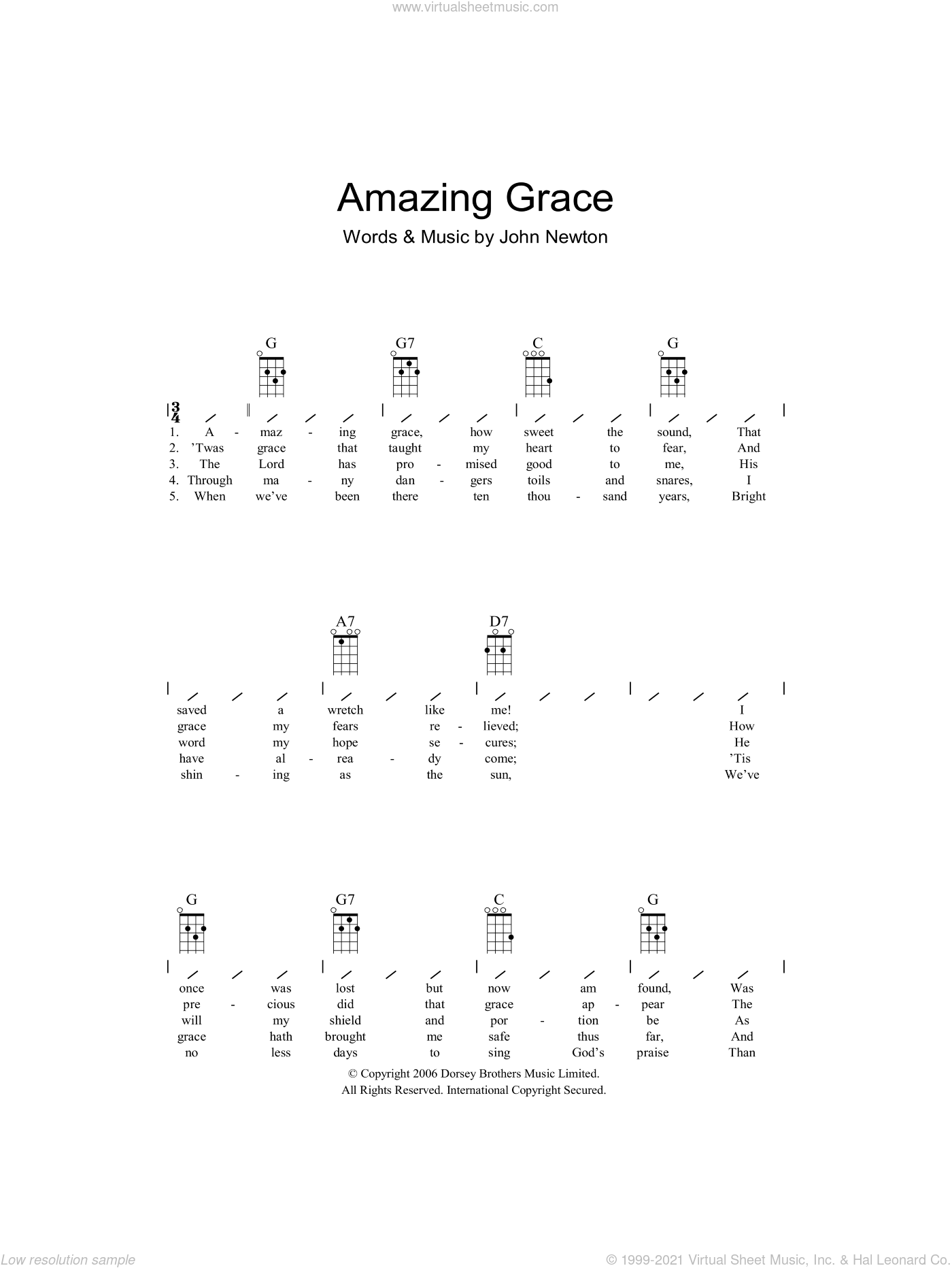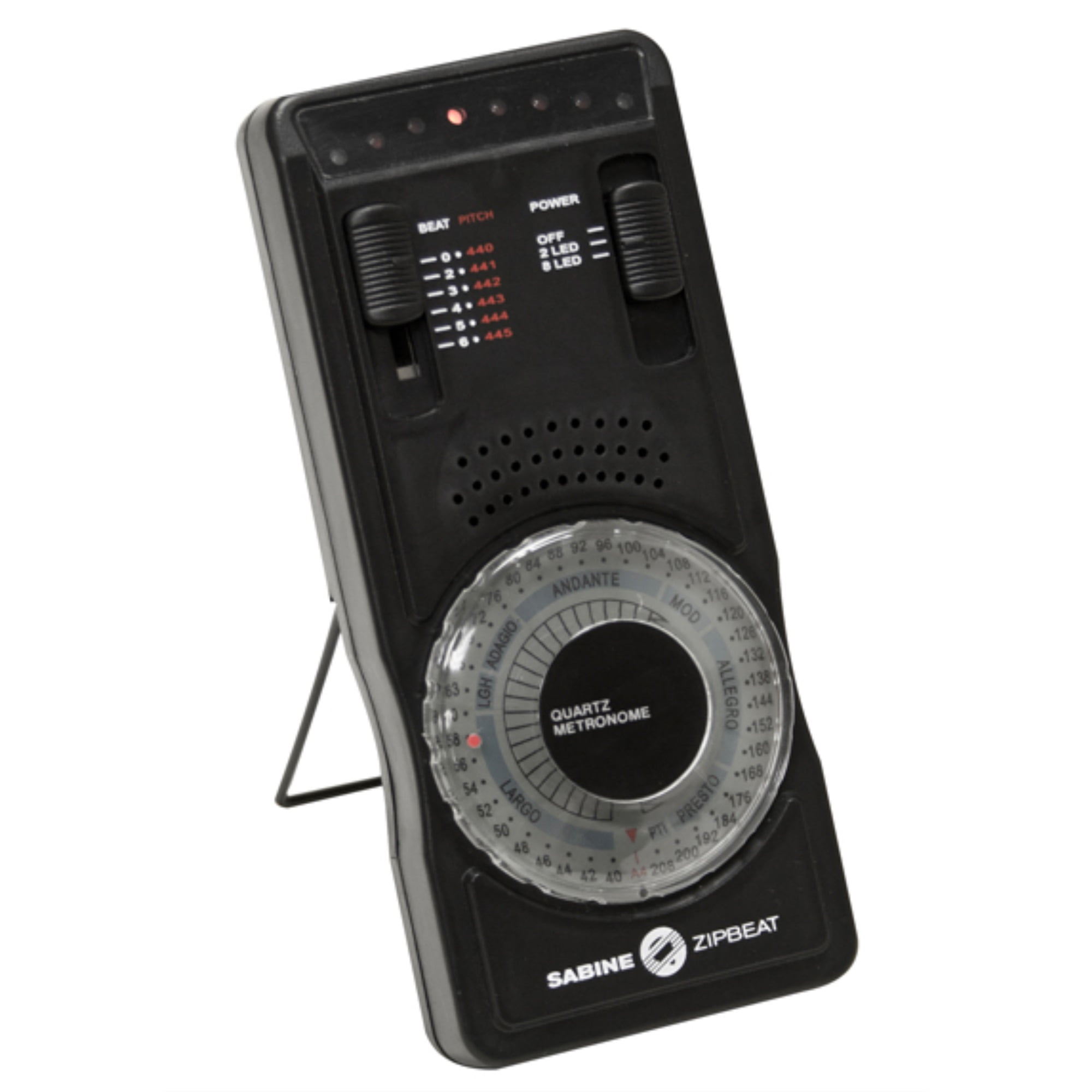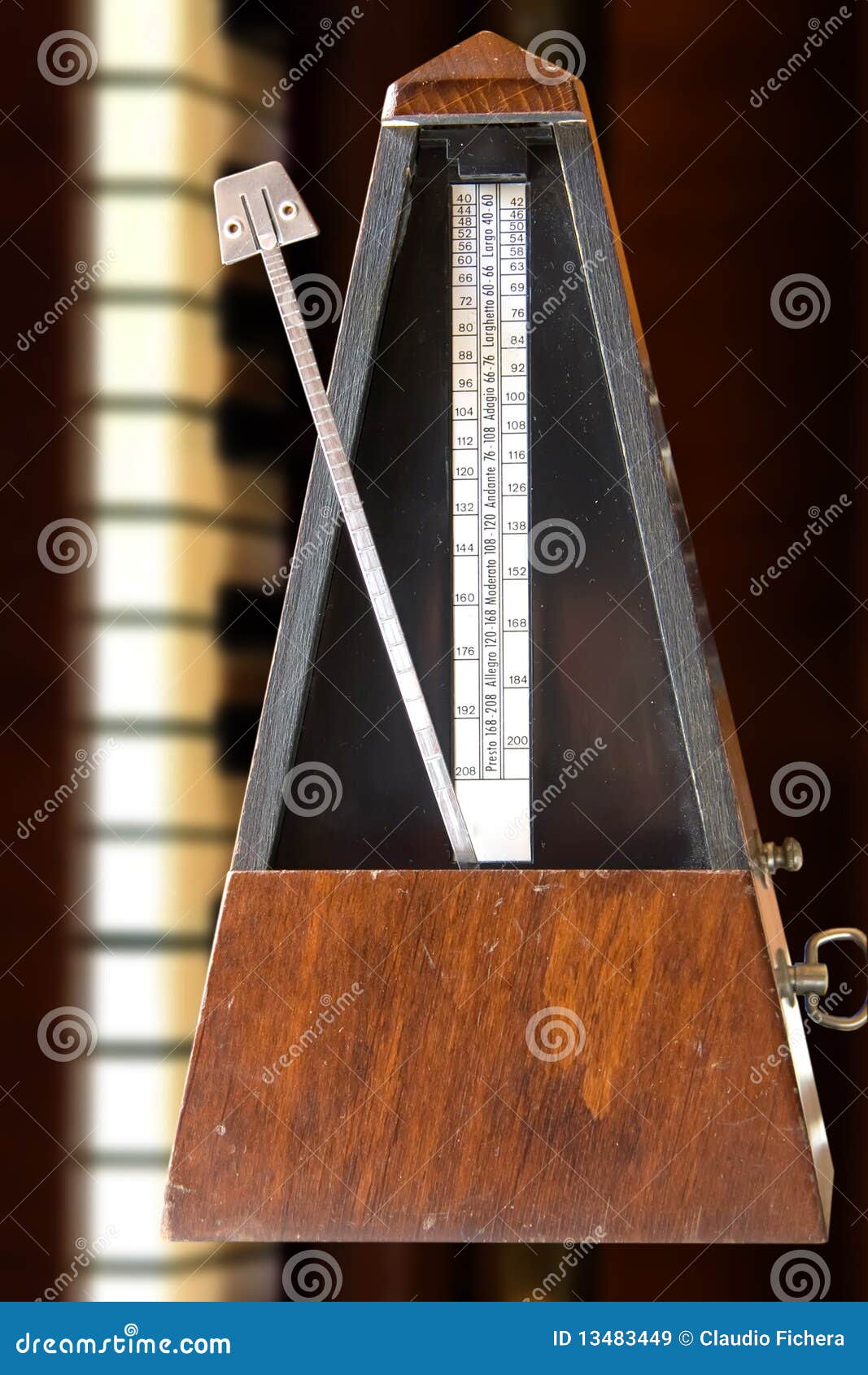

(Image credit: Future) Best metronomes: mechanical vs digital metronomesĭedicated hardware metronomes may be looked on as something of a redundancy to DAW-based musicians, as all computer-based workstations have a built-in metronome of some sort to keep you in time while recording new parts. So here we present our pick of the best metronomes available in 2020… So the best metronomes offer a choice of at least two tick sounds, and some high-end digital metronomes enhance their appeal to traditionalists by using samples of traditional clockwork metronomes for their tick sounds. Many musicians prefer classic, unpitched ticks to the pitched beeps offered by some models, as pitched sounds can interfere with the pitch of the piece you’re playing, especially if you’re particularly pitch-sensitive. How loud and/or annoying is the metronome sound - does it beep or tick? Can you change it to suit the environment? Can it be heard over the sound of your instrument? Literally the heart of every metronome is the sound it makes while ticking. An even better one will allow you to select and even edit your own beat variations and subdivision patterns to suit your playing. The best metronomes are able to handle a variety of different time signatures, placing the downbeat sound correctly after the required number of sub-beats. That’s great if you’re practicing or playing in regular 4/4 time, but what about other time signatures such as 3/4, 12/8 or even 7/4? Mechanical metronomes often use a physical bell, while digital variants will employ an alternative pitched sound or louder tick for the downbeat.

Metronomes can indicate the downbeat of each bar by a variation in the tick sound. It then interprets the speed of your taps to the nearest whole bpm value and continues to tick at that set speed. You’ll see this function on many of the best metronomes and it gives you the ability to set the metronome’s tempo by literally tapping a button or pad on the front of the device. This is in keeping with the traditional Italian musical terms for tempo (such as andante, allegro, etc) that you’d find marked on a musical score. Digital metronomes offer the ability to set specific tempo values precisely, while mechanical versions often just provide a set of preset values at selected intervals across the range. Measured in beats per minute (BPM), the range of click speeds you can dial in normally spans a ponderous 30bpm to a frantic 250bpm. Surprisingly, for a device designed to do just one job - to go ‘tick’ at a particular set speed - there are a number of things to look out for when choosing the best metronome for you. For example, here is a funk rhythm and a crisp drum fill.(Image credit: Future) Choosing the best metronome for you This also allows you to share your drum beats with others. Save your drum beat by copying the web address in your browser. For example, you can choose the ride cymbal instead of the hi-hat, and cross stick instead of the regular snare drum. Click "Presets" to see the most common drum beats. Select tempo, time signature and swing at the top. Click the instrument names on the left to mute the sound. Double click the squares to toggle between the hi-hat and open hi-hat, snare drum and cross stick, and high tom-tom and low tom-tom. Using the drum machineĬlick the squares to create your drum beat. It may also be used as a metronome, as a backing track for practice or as a way to explore a variety of drum rhythms. Most drum machines allow users to create their own beats.Ī drum machine is commonly used for recording electronic music, often used in house, dance, and hip hop genres.

Some can also produce artificial sound effects. A drum machine is an electronic musical instrument that can imitate drum kits and percussion instruments.


 0 kommentar(er)
0 kommentar(er)
